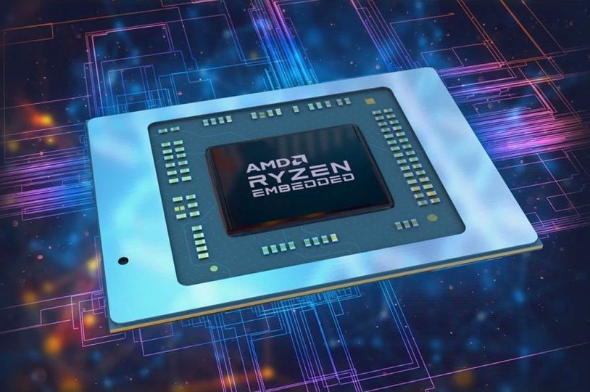Connection to DriversCloud Create a DriversCloud.com account Reset your DriversCloud.com password Account migration
In the world of processors, AMD is back to its best
AMD is at its best thanks to the multiple successes of its different processors on Zen / Zen 2 / Zen 3 architecture.
The release of the Alder Lake range - the 12th generation of Intel processors - has allowed the promoter of the Celeron, Pentium and other Core to regain a nice dynamic. However, the latest statistics confirm the continuing rise in power of the long-time competitor, AMD. The firm chaired by Lisa Su is indeed experiencing a remarkable dynamic since the release of the first Ryzen processors, in 2017. At that time, it gave a good kick in the pants and it was not a "performance" without a future.
The release and subsequent success of the Ryzen 2000 series, then 3000 and finally 5000 series confirmed the good health of AMD, which is able to innovate through increasingly convincing architectures: the Zen, Zen 2 and Zen 3. In fact, the releases of these different Ryzen ranges have first stopped the bleeding and then AMD to regain some market share. A trend that we observed first with curiosity and then with increasing interest.
Relayed by the HotHardware site, the latest statistics on the subject are particularly eloquent. Of course, Intel is still in first place in terms of market share in the CPU segment for the whole of 2021. The American company has managed to capture 74.4% of the CPU market, leaving "only" 25.6% to its rival. If we look at the figures more closely, however, we see that AMD's situation is favorable. In fact, in the fourth quarter of the year alone, AMD's share increased by 1 percentage point, while Intel's share decreased by 1 percentage point. Even more remarkable is the fact that over the whole year, AMD's share increased by 3.9 percentage points, while Intel's dropped by 3.9 points.
Clearly, AMD is continuing its formidable rise to power, but it should be noted that this progression is uneven across sectors. Surprisingly enough, in the desktop segment, AMD is down 3.1 percentage points in 2021 to 16.2% of the market share, compared with 83.8% for Intel. The situation is better in the mobile segment, with AMD up 2.6 percentage points (to 21.6% from 78.4%). Finally, although it started from a distance, AMD recorded its best progress in the server segment with a gain of 3.6 percentage points over the year as a whole, to 10.7% of market share against 89.3% for Intel.
Finally, it should be noted that AMD's contracts with the main console manufacturers have helped it and that it is also very popular with retail buyers - Amazon's top 10 often feature AMD CPUs (7 of the top 10 places) - but Intel still has a clear advantage in relations with integrators. But for how much longer?





